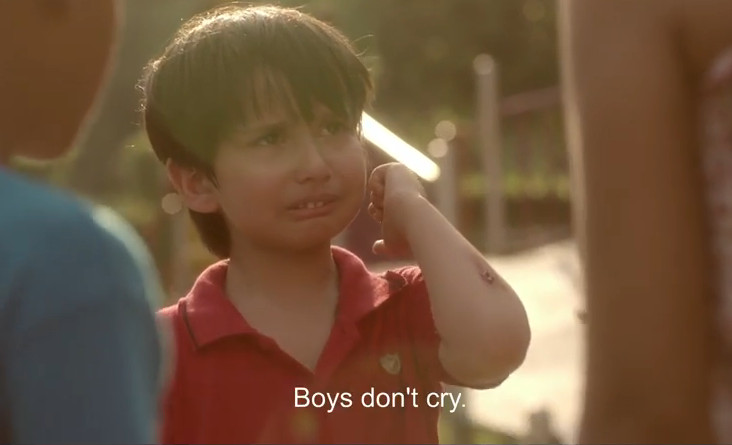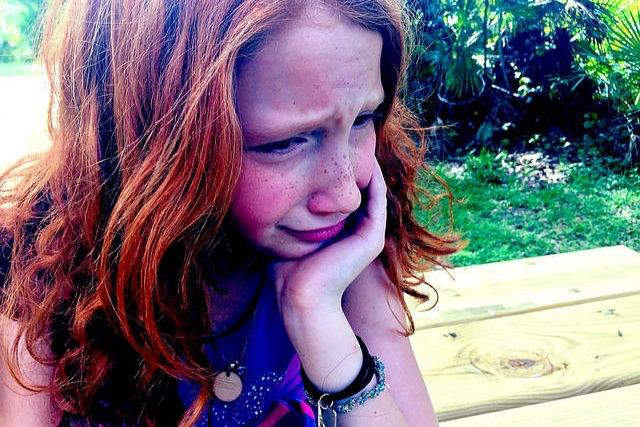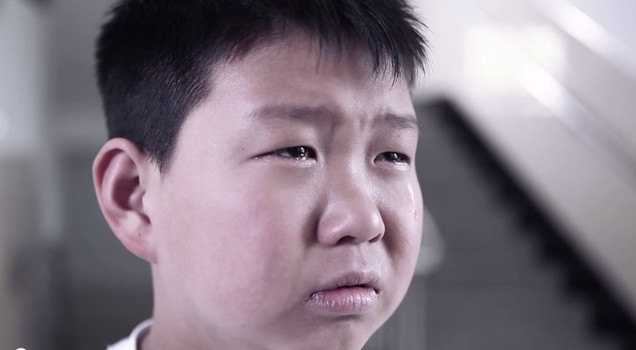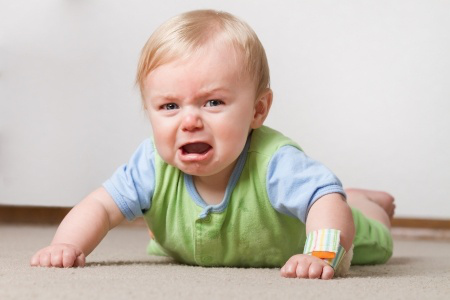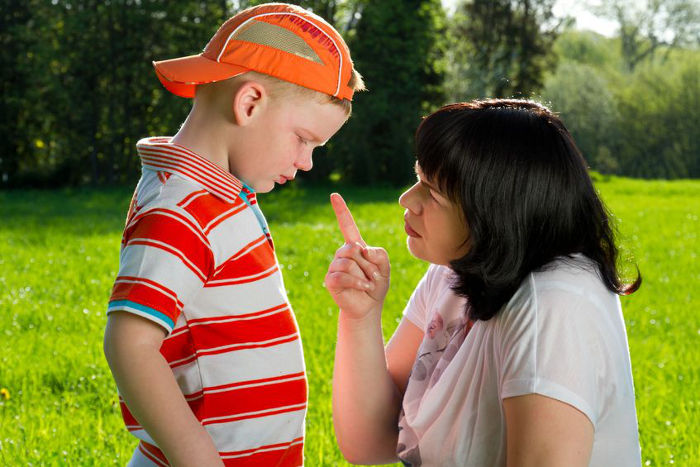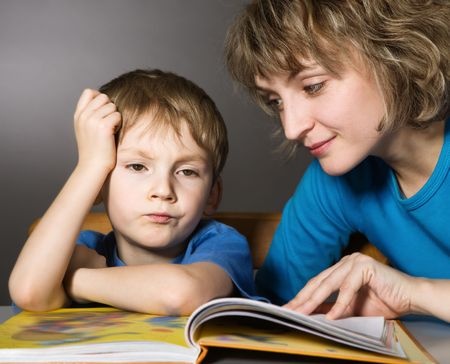Anger may not necessarily be a bad emotion all the time. As much as it may be a challenge for your child to express and deal with their anger, it may be wearisome for parents too. Your job is not to repress or make the anger go away, but to help them to process those feelings and channel them towards constructive ends.

Here are pointers on how you help your child manage their anger.
DON’T – Repress or cut the angry child off
Telling a screaming child to keep quiet immediately or to go away to the naughty corner till they can behave, are temporary blocks to get your child off your hands. It does not serve any purpose and instead conveys to the child they are only accepted when they express positive feelings. The same will happen again unless the child is taught how to deal with the emotion.
DO – Allow them to face their emotions
Let your child know it is alright to be angry. There are situations in life that will cause all of us to feel anger, sadness, frustration and distress. There are appropriate times to feel angry, for example, if someone does something wrong against you, or if others have done something to hurt you. Let your child know that feeling angry and talking about such negative feelings is okay.
DO – Identify their feelings
Help the child to be aware of their feelings. Differentiate between feelings and behaviour, and help them identify the emotion. “You are kicking your things all over. Are you upset about something?”
DON’T – Judge or label a child for their anger
Don’t shame or judge your child for getting angry. Look at the issue at hand. The problem is not your child, but the way they are handling or managing their anger.
DO – Model healthy anger management skills
If you have shown anger in front of your children, do not gives excuses or sweep it under the carpet. Be responsible when you have blown your top at your children. Apologise and process with them what happened. “I am sorry that I yelled at everyone yesterday. I was frustrated that we were running late and ended up raising my voice at everybody.”
DON’T – Simply punish
The purpose of dealing with anger management in children is not to nip it in the bud, or just discipline them into obedience. There is a popular Chinese saying “Spare the rod, spoil the child”. Contrary to popular belief, punishment is not the most effective way to communicate. Although in some circumstances, it may be appropriate to implement. Simply telling them what not to do is not sufficient. It is necessary to teach them what to do instead and to give them methods on how they can cope.
DO – Establish boundaries
As much as anger management is still a learning process for children, it is important to set clear boundaries to let your child know that no matter how angry they are, it does not justify violent and harmful actions such as hitting another child, verbal abuse or damaging someone’s belongings. Children can be taught to be responsible.
DO – Identify anger triggers
Work together with your child to identify what sparks off the anger. Discuss strategies that your child can use. By recognising early warning signs or potential situations which can cause anger, you can remind your child about it.
Every day, children may encounter frustrating circumstances which cause anger. Every child is unique and expresses anger in various ways. The challenge is to help children develop respect for themselves and others even as they grow. To achieve that, we need to be patient and authentic with them; help them to understand their anger and utilise non-aggressive ways to manage anger.
But if anger spirals into aggression or causes serious behavioural issues of concern, it is important for parents to seek professional help.
By Som Yew Ya.
* * * * *
What are some strategies do you use to cope with your child when he or she is angry? Share them with us in the comments below.
Want to be heard 👂 and seen 👀 by over 100,000 parents in Singapore? We can help! Leave your contact here and we’ll be in touch.







































